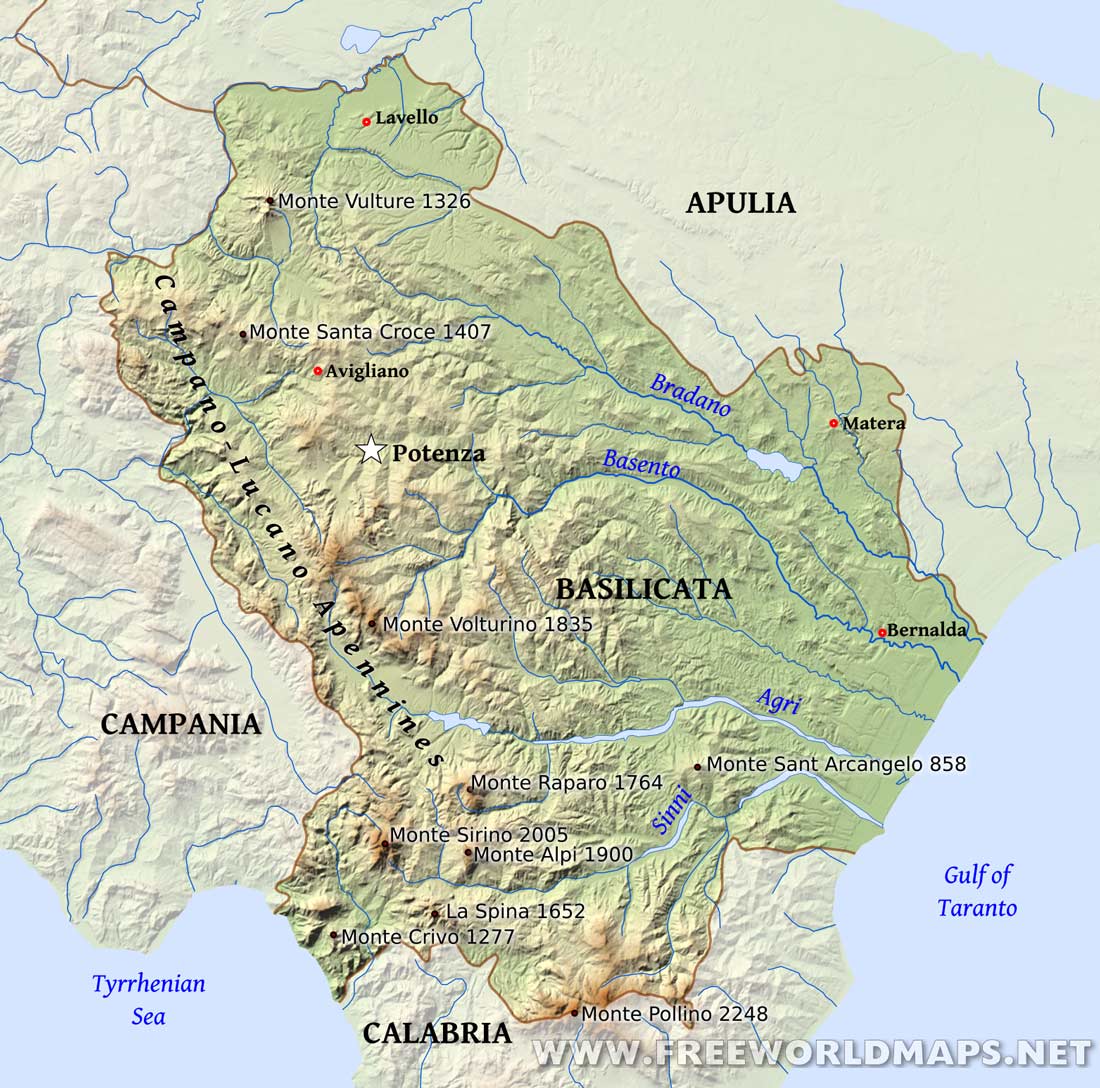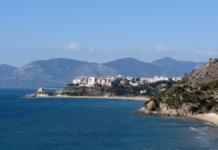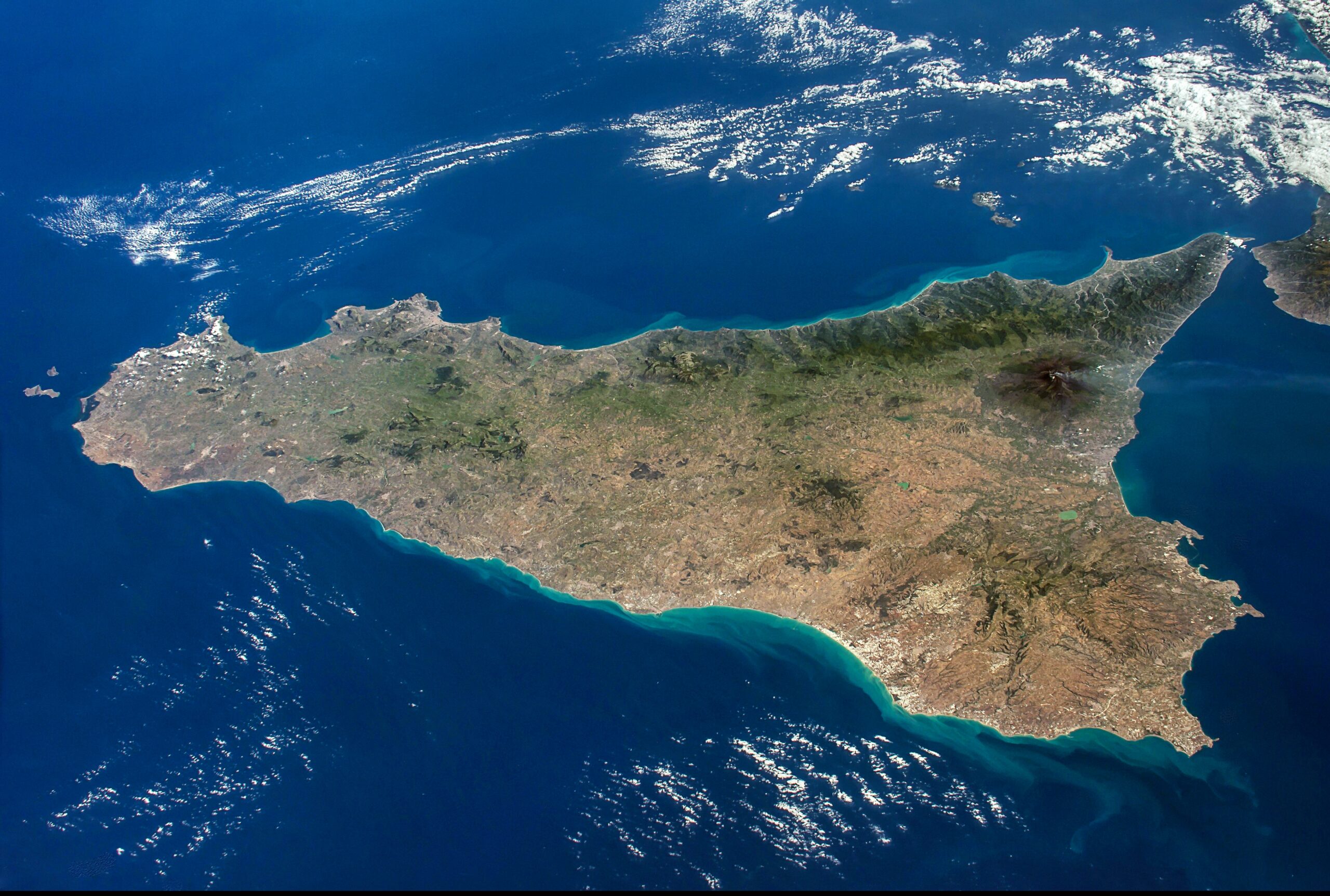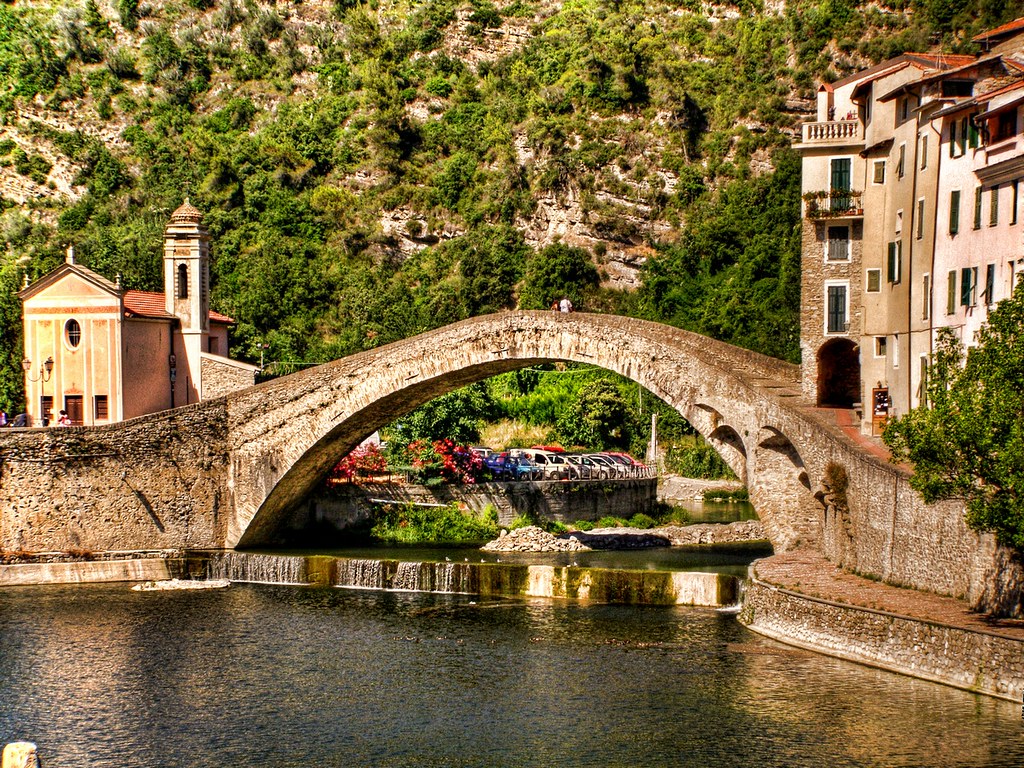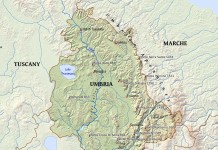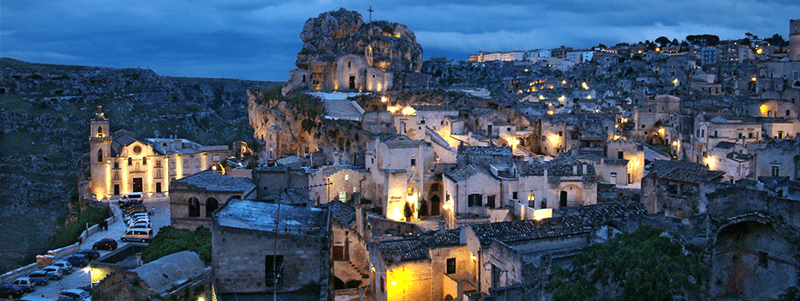
The Region of Basilicata, nestled between Campania, Calabria, and Puglia, is one of Italy’s least explored and most intriguing regions. With its rugged mountains, historic cave dwellings, and untouched coastlines, Basilicata offers a raw and authentic experience far removed from Italy’s tourist hotspots.
This land, once isolated and impoverished, has emerged as a must-visit destination, attracting travelers with its mystical landscapes, ancient ruins, and medieval villages. From the dramatic sassi of Matera to the crystal-clear waters of Maratea, Basilicata is a place where history, nature, and culture intertwine.
A Unique History: From Magna Graecia to Modern Rediscovery
Ancient Civilizations and Greek Influence
Basilicata was once part of Magna Graecia, the Greek colonies in southern Italy, which flourished between the 8th and 3rd centuries BC. Cities like Metaponto and Heraclea became centers of philosophy, trade, and art, leaving behind well-preserved temples and archaeological treasures.
Roman and Medieval Rule
- Roman Basilicata – The region became part of the Roman Empire, with roads, aqueducts, and cities expanding across its landscape.
- Norman and Bourbon Eras – The region remained under feudal control for centuries, with castles, monasteries, and walled towns still visible today.
Carlo Levi and Basilicata’s Modern Identity
For much of modern history, Basilicata was one of Italy’s poorest and most overlooked regions. Writer Carlo Levi’s memoir Christ Stopped at Eboli (1945) exposed the region’s struggles with poverty and isolation, bringing global attention to its unique way of life. Today, Basilicata is experiencing a cultural and economic revival, with cities like Matera gaining UNESCO status and attracting international visitors.
Top Cities and Towns to Visit in Basilicata
Matera – The City of Stone and Caves
Matera is one of the world’s oldest continuously inhabited cities, famous for its ancient cave dwellings (sassi) and rock churches.
Must-See Attractions:
- Sassi di Matera – A UNESCO World Heritage Site, with cave dwellings, historic churches, and stunning viewpoints.
- Casa Grotta di Vico Solitario – A traditional cave house, showcasing how people lived in the sassi.
- Palombaro Lungo – An underground cistern, once supplying the city with water.
- Crypt of the Original Sin – Known as the “Sistine Chapel of Rock Churches”, featuring frescoes dating back to the 9th century.
Potenza – The High Capital of Basilicata
Potenza, the highest regional capital in Italy, sits at 819 meters above sea level, offering a mix of medieval charm and modern vibrancy.
Highlights:
- Cattedrale di San Gerardo – A stunning Romanesque cathedral in the city center.
- Torre Guevara – A medieval tower offering panoramic views of the city.
- Via Pretoria – A lively street filled with cafés, shops, and historical buildings.
Maratea – The Pearl of the Tyrrhenian
Maratea is Basilicata’s most beautiful coastal town, featuring secluded beaches, hidden coves, and historic sites.
Must-Visit Places:
- Cristo Redentore di Maratea – A huge statue of Christ, reminiscent of Rio de Janeiro’s iconic monument.
- Spiaggia Nera (Black Beach) – A unique volcanic sand beach with turquoise waters.
- Basilica di San Biagio – A church perched on a hill, offering breathtaking sea views.
Melfi – The Norman Stronghold
Melfi, a historic town in northern Basilicata, was once the seat of the Norman rulers.
Top Attractions:
- Castello di Melfi – A medieval fortress, home to the National Archaeological Museum of Basilicata.
- Cattedrale di Santa Maria Assunta – Featuring Baroque frescoes and a striking bell tower.
Metaponto – The Ancient Greek Colony
Metaponto, once part of Magna Graecia, is now an important archaeological site.
Best Sites:
- Tavole Palatine – The ruins of a Greek temple dedicated to Hera.
- National Archaeological Museum – Showcasing artifacts from ancient Greek and Roman times.
Basilicata’s Stunning Natural Beauty
Pollino National Park – The Largest Park in Italy
A paradise for hikers, wildlife lovers, and adventure seekers, Pollino National Park covers nearly 200,000 hectares.
Things to Do:
- Hiking to Serra Dolcedorme – The highest peak in southern Italy.
- Exploring the Bosco Magnano Gorges – Home to wolves, golden eagles, and rare orchids.
- Rafting on the Lao River – One of Italy’s best whitewater rafting experiences.
Vulture Volcano & The Lakes of Monticchio
This extinct volcano has created a landscape of green forests, twin lakes, and medieval monasteries.
Must-See:
- Lago di Monticchio – A tranquil lake surrounded by dense woodland.
- Abbazia di San Michele Arcangelo – A monastery built into the cliffs.
Lucanian Dolomites – Basilicata’s Hidden Mountain Range
The Lucanian Dolomites are dramatic limestone peaks, resembling the famous Dolomites of northern Italy.
Top Experiences:
- Flight of the Angel (Volo dell’Angelo) – A thrilling zip line connecting the villages of Castelmezzano and Pietrapertosa.
- Hiking the Seven Stone Trail – A scenic path between two medieval villages.
Basilicata’s Food & Wine: A Rustic Culinary Tradition
Must-Try Dishes in Basilicata
- Pecora alla Pastora – Slow-cooked lamb stew with wild herbs.
- Strascinati con Peperoni Cruschi – Handmade pasta with crispy dried peppers.
- Pane di Matera – A traditional sourdough bread, baked in wood-fired ovens.
- Caciocavallo Podolico – A rich, aged cheese, made from Podolica cow’s milk.
Basilicata’s Best Wines
- Aglianico del Vulture – A bold red wine, considered one of Italy’s finest.
- Grottino di Roccanova – A smooth and aromatic red wine, aged in natural caves.
Getting Around Basilicata
Public Transport
- Trains – Limited service, mainly connecting Potenza, Matera, and Melfi.
- Buses – Cover rural areas, but schedules can be infrequent.
Best Way to Explore?
A rental car is highly recommended for discovering hidden villages, nature parks, and remote coastlines.
Why Visit the Region of Basilicata?
Basilicata is Italy’s best-kept secret, offering:
✅ Ancient cave dwellings and Greek ruins
✅ Breathtaking mountain and coastal landscapes
✅ Authentic, untouched villages
✅ Delicious regional cuisine and world-class wines
Whether you’re wandering through Matera’s sassi, hiking in Pollino, or relaxing on the beaches of Maratea, Basilicata is a hidden gem waiting to be explored.
Italian Dating & Chat for Italian Singles

Virtually meet thousands of like-minded Italian singles and connect at lightning speed; on desktop, tablet, and your beloved phone. Chat into the wee hours of the night if you’d like. Post photos, share your interests and dreams-we’ll help you look your best while you do it.Here we make it easy to meet Italian singles and feel things out first so when you do go on that first date, or meet for espresso, you can relax and be yourself. Try it now!

